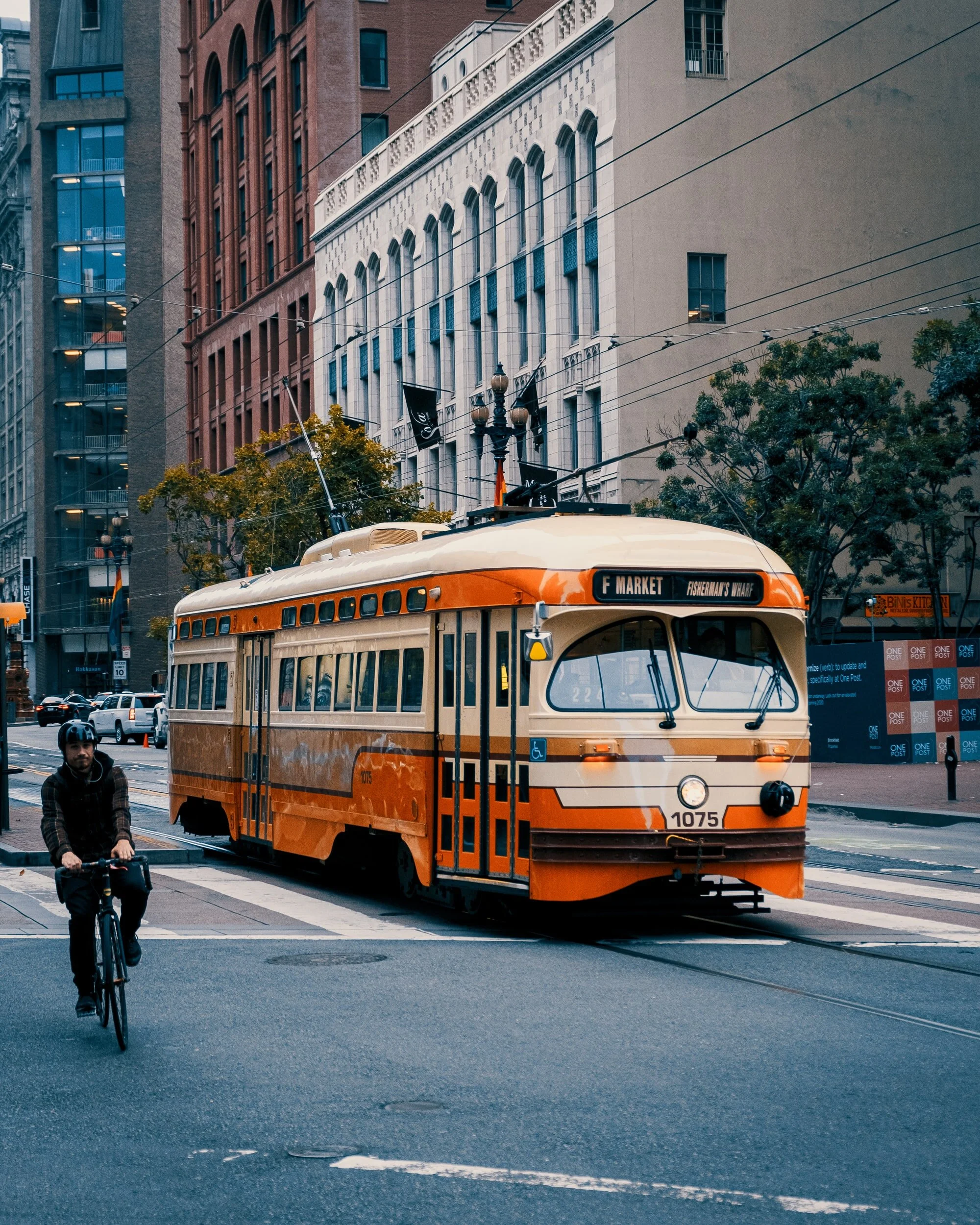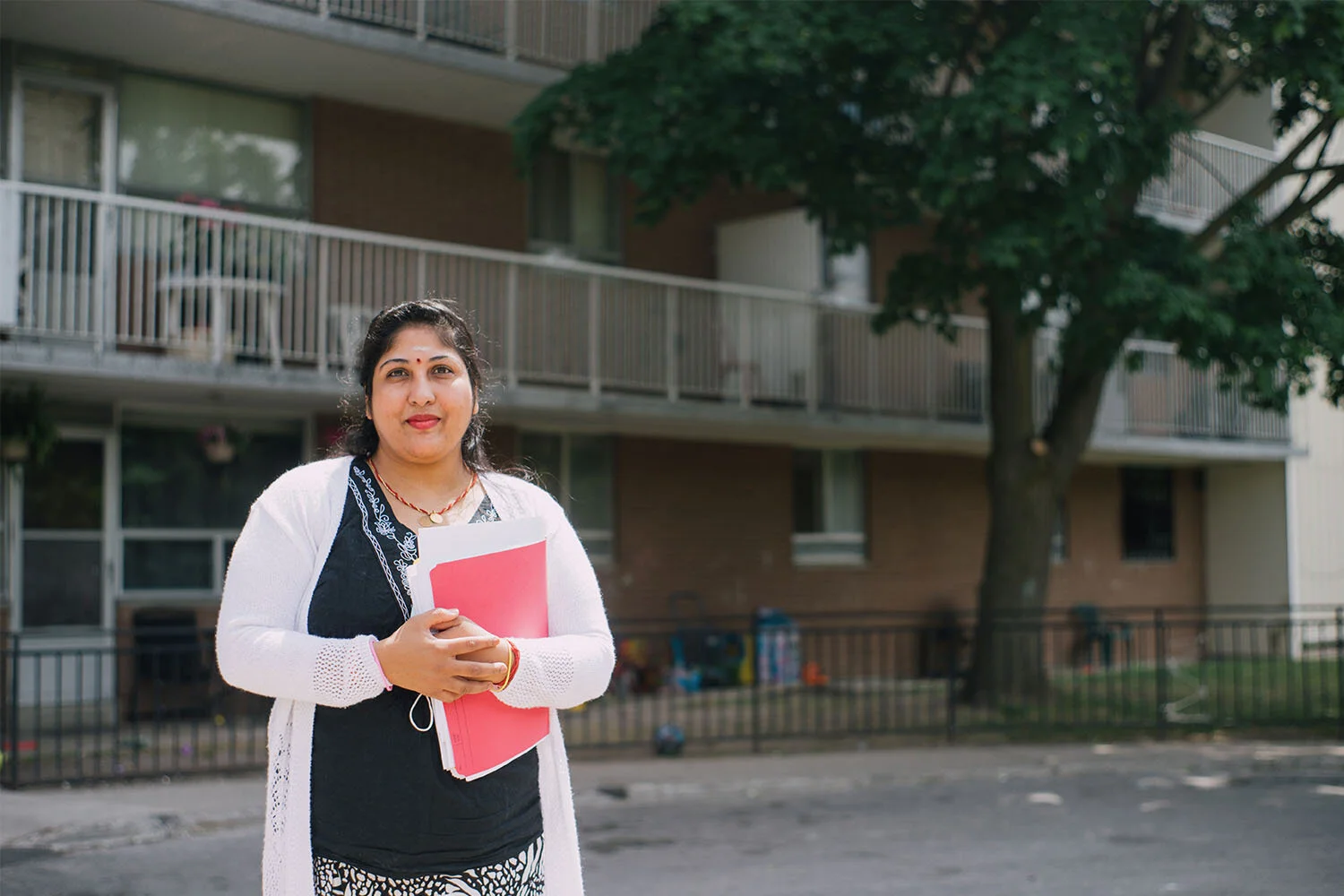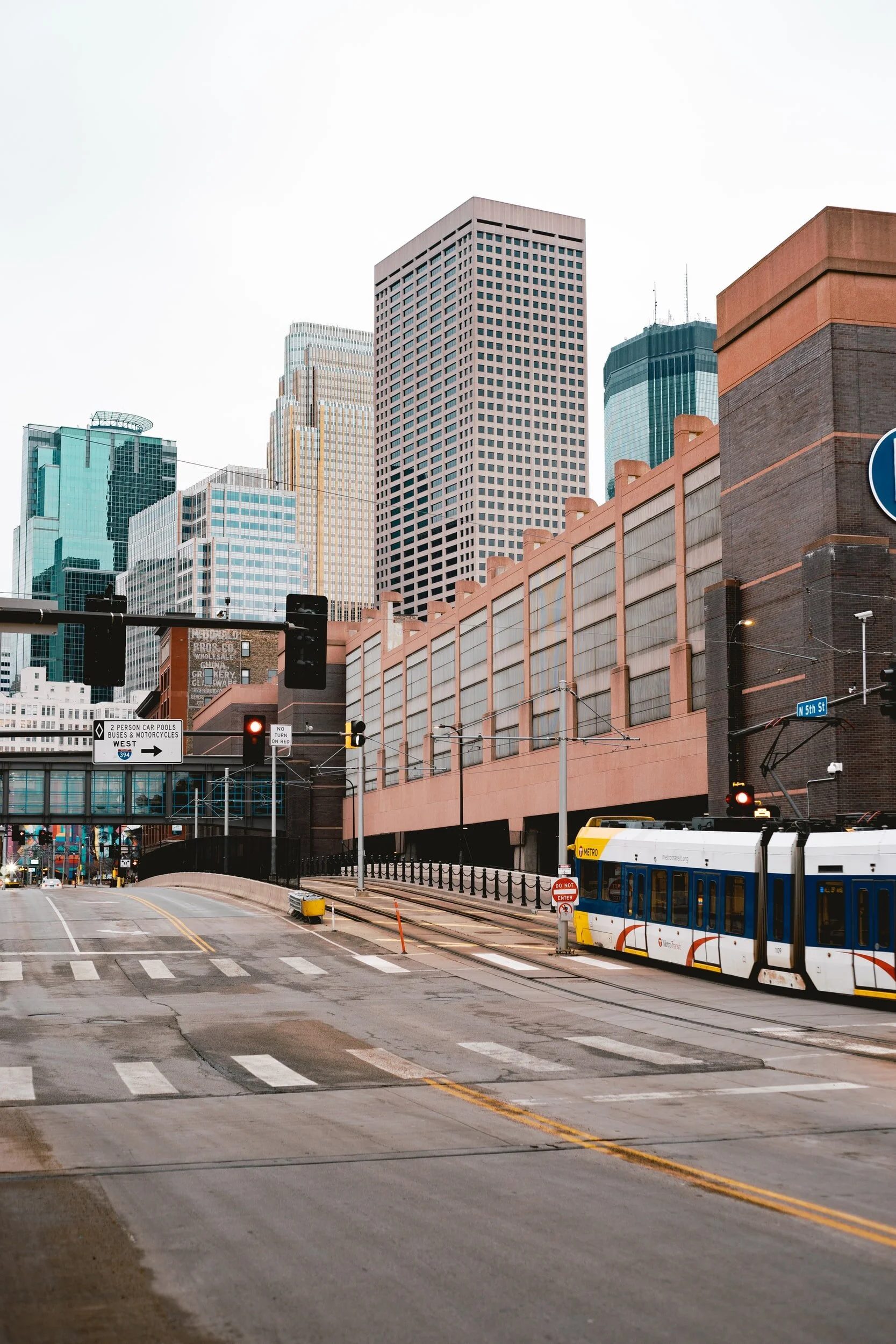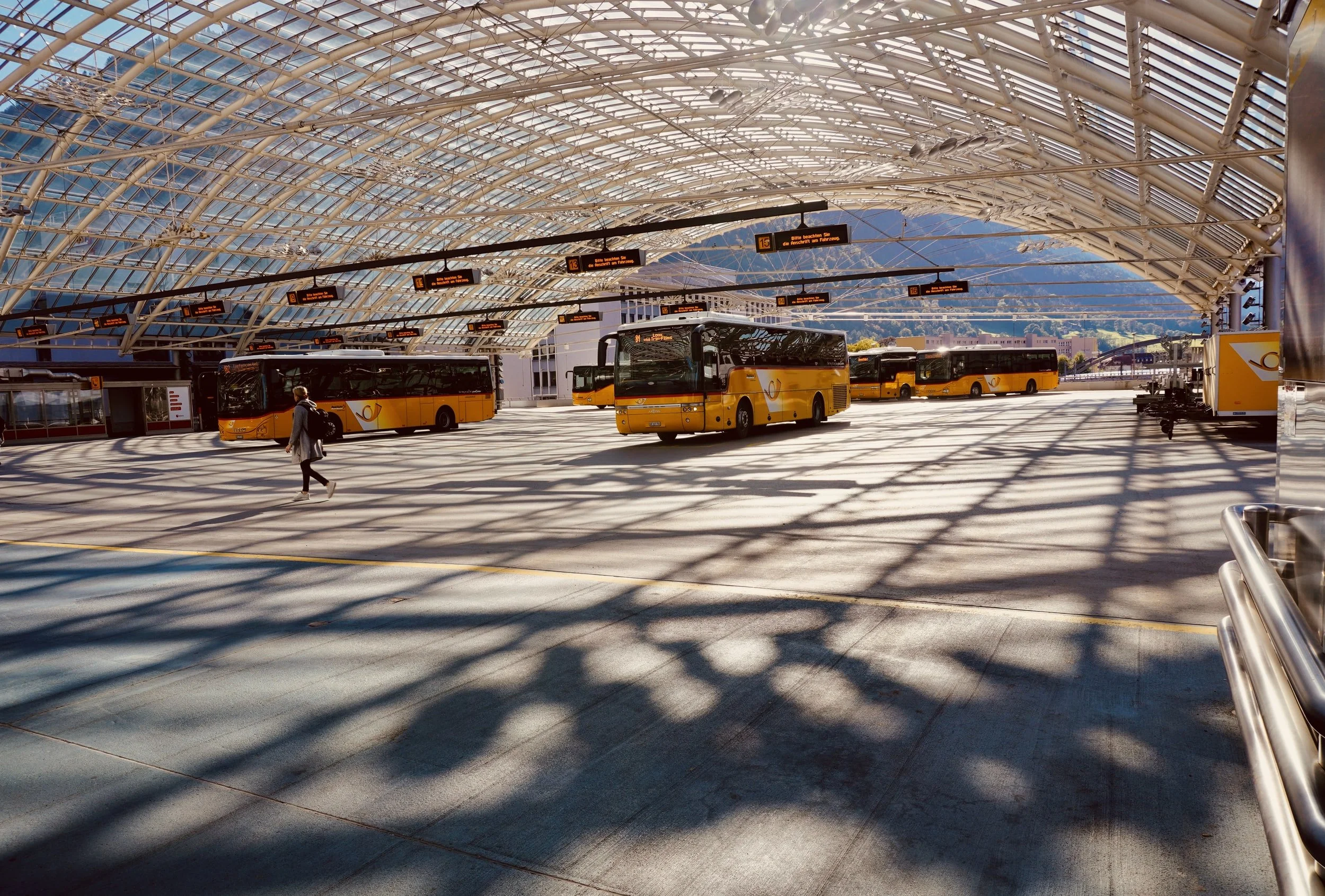Tackling Social Inequity, Some Cities May Ditch Bus, Subway Fares
Tackling Social Inequity, Some Cities May Ditch Bus, Subway Fares
By Jenni Bergal, Stateline, an initiative of The Pew Charitable Trusts, June 10, 2021
Word count: 1705
Before the COVID-19 pandemic, LaShawn Poole took two buses every weekday to get to her job as a medical assistant in Kansas City, Missouri. She had to shell out more than $100 a month, which took a chunk out of her limited budget.
Now Poole rides for free to her current job as a cashier at Target. That’s because the Kansas City Area Transportation Authority got rid of fares completely when the pandemic began in March 2020.
“It’s great that it’s free. It allows people to not have to worry about whether they’re going to have bus fare that day,” said Poole, 36. “I’m able to use that money towards something else. It helps me with my food, my bills.”
Across the country, some transit agencies and cities are considering scrapping or reducing fares, at least for low-income riders, to ensure access for disadvantaged communities. The moves come after the pandemic highlighted transit inequities, as the majority of those who continued to ride buses and trains were lower-income essential workers, often people of color.
“The goal for transit is building equitable cities,” said Art Guzzetti, a vice president at the American Public Transportation Association, a trade group. “We have this opportunity to do things a different way, invest in a different vision. Zero fares is a strategy to address that.”
Critics caution, however, that the loss of fare box revenue could result in services being cut or in more financial headaches for fiscally strapped transit agencies. Some say making fares free could attract more riders experiencing homelessness and could give rise to a spike in unruly behavior and criminal activity on board.
But a growing number of transportation officials say it’s time to reexamine the fare system and improve social equity in transit.
In the Washington, D.C., area, the Washington Metropolitan Area Transit Authority’s staff is recommending that the agency launch a pilot program that would reduce fares for low-income riders, eliminate a $1.50 transfer fee between rail and buses, and lower seven-day bus pass prices.
In Boston, city officials are in the initial stages of planning a pilot program that would offer free bus service in some areas that were the hardest hit by COVID-19.
And in Los Angeles, the Metropolitan Transportation Authority’s board late last month approved a plan to move ahead with a 23-month fareless pilot program for students and low-income riders. Before that can happen, however, the board wants to see a detailed plan for how the agency will cover the cost.
The issue has even gotten attention on Capitol Hill.
In March, U.S. Sen. Edward Markey and U.S. Rep. Ayanna Pressley, both Democrats from Massachusetts, reintroduced the Freedom to Move Act, which would offer $5 billion in grants to transit systems to go fare-free.
“Affordability and accessibility must define our public transit systems to ensure that they truly promote equity, economic growth, and community development,” Markey said in a news release.
Transit Woes
Public transit has been hit hard during the pandemic. In the early months, ridership plummeted 76% nationally as commuters worked remotely, transit agencies enforced social distancing and riders stayed away for health and safety reasons.
Transit ridership has been improving since then, but it was still 62% lower nationally in the fourth quarter of 2020 compared with the same period the previous year, according to the transportation association. It was down an estimated 51% the week of May 30.
Many transit agencies did away with fare collection early in the pandemic to help minimize contact between riders and operators, instituting rear-door-only boarding on buses. Most agencies later returned to collecting fares—though some did not.
In Kansas City, transit officials already had started a zero-fare program four years ago, first for veterans, then for high school students, and later for social service safety net clients such as domestic abuse victims, according to Robbie Makinen, the transportation authority’s CEO.
By the time COVID-19 struck, it was a logical move to make rides free for all, Makinen said. “We didn’t just flip a switch and say everything’s free.”
The transit system, which runs buses and a streetcar, didn’t see a big dip in ridership the way many others did during the pandemic, Makinen said. Ridership sank to 60% of its previous numbers and now is back up to 80%, with 30,000 to 40,000 passengers a day.
Makinen attributes that stability to the zero-fare policy.
“Whenever you say free transit, everyone goes crazy and says it’s not free; someone’s paying,” he said. “But the return on investment for empathy, compassion, for social equity, far outweighs the return on investment for concrete and asphalt. Let’s invest in people, in our workforce.”
Between 70% and 75% of the system’s riders have low incomes or are people of color, Makinen said, adding that the $1.50 one-way fare they’re saving by not paying for transit eventually gets pumped back into the economy.
Compared with transit systems that depend more heavily on fares, revenue from that source at his agency was under 10% of its budget, or about $9 million, according to Makinen. Fare revenue covers on average 30% of transit agencies’ operating costs, though it varies from system to system, according to Chad Chitwood, an American Public Transportation Association spokesperson.
To make up for the loss, Kansas City officials agreed to cover half the missing revenue, and the transit agency paid for the other half by cutting management costs.
"The return on investment for empathy, compassion, for social equity, far outweighs the return on investment for concrete and asphalt."
Robbie Makinen, Kansas City Area Transportation Authority CEO
Eliminating fares also is saving nearly $1 million a year, Makinen said, because that’s how much it takes for new fare boxes, collections, maintenance and picking up and transporting the money.
The zero-fare program will continue into 2022, and hopefully will be made permanent, Makinen said.
“We believe social equity is critical,” he said. “All transit agencies have been so concerned with ridership. They base everything on it. But when you look at it a different way, it’s whether people have access and options to be able to get around.”
Making up for the lost farebox revenue may not be as easy for some other transit agencies that rely more heavily on fares.
“That forgone revenue is a big deal,” said the transportation association’s Guzzetti. “If you do this and have a big hole in your budget as a result and service is in jeopardy, that’s a problem.”
Congress has helped, with its three COVID-19 relief measures together allotting nearly $70 billion to transit agencies as a stopgap.
But to achieve social equity in transit in the long term, Guzzetti said, federal, state and local governments will have to make additional investments.
Free-Ride Pilot
In Los Angeles, the recently approved pilot program would offer free rides—first to students in K-12 and community colleges, and several months later, to low-income riders.
But the board first wants a full financial report about how the estimated $321 million plan would be funded, as well as assurances that the changes wouldn’t hurt service or the maintenance program, said authority spokesperson Rick Jager.
“We’re going to take a hit,” Jager said. “The board wants to know where we’re going to get the money from. If it’s satisfied, they’ll move forward with implementation.”
If the nearly two-year project proceeds, officials also plan to evaluate its financial sustainability, how it’s affecting ridership and service, and whether any security problems arise.
The system, called LA Metro, is one of the nation’s largest. It carried 1.2 million daily passengers on its subway, light rail and buses pre-pandemic, Jager said. When COVID-19 hit, ridership dropped to about 300,000. Now it’s returned to about 600,000.
The proposal aims to promote social equity, expand economic opportunities and increase ridership, Jager said. About 70% of the system’s riders have lower incomes, and they mostly are people of color who make less than $35,000 a year.
Most of the agency’s revenue comes from voter-approved local sales taxes, which generate billions of dollars a year. But if the agency were to make all rides free, it would need to make up at least $250 million a year in lost farebox revenue, according to Jager.
“The thought is to make this permanent and systemwide, eventually, if this pilot is a success,” he said. “That’s what our board wants to do. But they want to make sure it’s financially sustainable. It’s going to be hard to stop a program once you start it.”
Zero-Fare Problems
Not everyone is on board with the concept of zero fares.
“It’s a terrible idea. It will chase away a lot of paying patrons if it hasn’t already,” said Dorothy Moses Schulz, an emerita professor at John Jay College of Criminal Justice in New York.
Schulz, a former police captain at the MTA Metro-North Railroad, a New York suburban commuter rail, said letting passengers board for free would encourage more people experiencing homelessness to ride back and forth on trains and buses all day, driving away regular customers. It also could present added security threats, attracting criminals or people who are drunk or disorderly, particularly in some of the larger systems, she added.
Offering fare discounts to low-income people is a better alternative, Schulz said.
“Paying does give you a sense of ownership, even if it’s a reduced fare,” she said. “It translates into better behavior. If you get something for nothing, you think it’s worth nothing.”
But Kansas City’s Makinen said public safety incident rates on transit vehicles have dropped 35% since zero fares started. The reason: 85% of incidents had been over fare disputes, he said.
While Makinen conceded his system is seeing more people experiencing homelessness riding on buses since fares disappeared, he said the agency addressed that by instituting a policy against “loop riding,” so that when passengers reach the end of the line they have to get off.
And instead of placing armed police officers on buses, he added, the agency has been working with homeless service agencies that have started to put outreach teams on buses, offering services and spotting problems.
“Homelessness is not a transit issue,” Makinen said. “It’s a community issue.”






